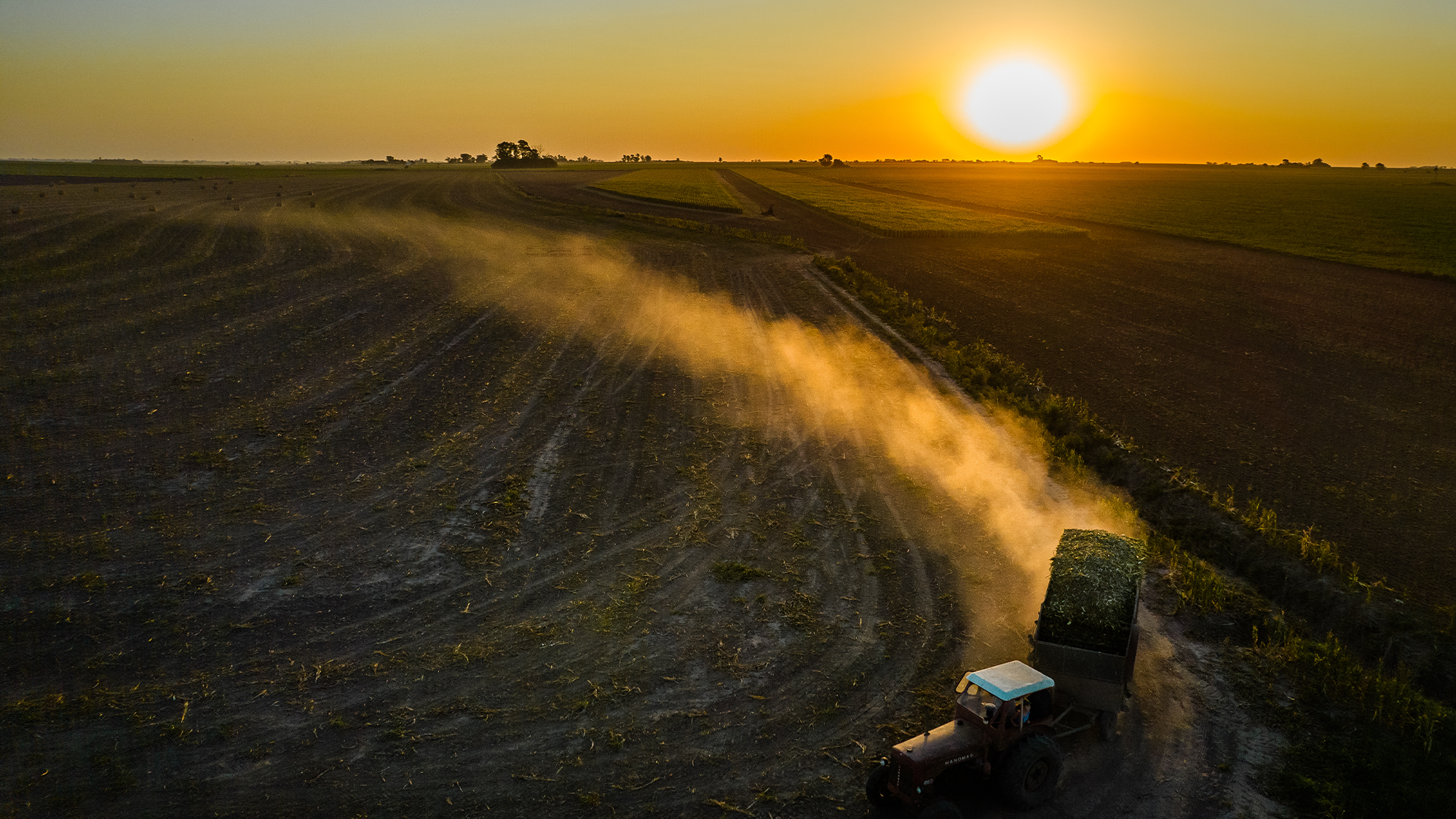

Despite a series of devastating rain storms during December 2022 and January 2023, large portions of the western United States are still experiencing drought conditions. The US is just one of multiple countries facing abnormally dry conditions that are being exacerbated by human-made global warming.
[Related: The nation’s largest water supplier declares a ‘drought emergency’ ahead of 2023.]
The eastern Horn of Africa (Somalia, Ethiopia, and Kenya) is forecast to face a sixth consecutive poor rainy season this spring which is intensifying the worst drought the region has seen in 40 years. (There are typically two rainy seasons per year: March to May and October to December.)
The drought is primarily due to a combination of warmer temperatures changing the climate and a weather phenomenon called La Niña. La Niña can temporarily reconfigure weather patterns around the globe and bring more rainfall to places such as Indonesia and Australia while reducing rain in eastern Africa.
In August 2022, a rare third consecutive La Niña was forecast by the United Nations’ World Meteorological Organization (WMO). “The worsening drought in the Horn of Africa and southern South America bears the hallmarks of La Niña, as does the above average rainfall in South-East Asia and Australasia. The new La Niña Update unfortunately confirms regional climate projections that the devastating drought in the Horn of Africa will worsen and affect millions of people,” said WMO Secretary-General Petteri Taalas in a statement.
A separate WMO report from November 2022 showed that the La Niña conditions are persisting.
The drought has triggered widespread food insecurity, with Somalia on the brink of famine. Over 1.3 million people in Somalia have been forced to leave their farms and seek food elsewhere. In Kenya, meteorologists pointed to climate change’s involvement in the crisis.
“It is time we started including climate change as a factor in our development plans. The current drought which we warned about some years ago has wider ramifications on the social economic conditions of the region including peace, security, and political stability,” Evans Mukolwe, former director of the Kenyan and UN weather agencies, told The Associated Press.
[Related: La Niña is likely back for another unpredictable winter.]
Countries in South America are also facing similar La Niña driven dryness. Since 2019, the central region of the continent has seen drought conditions. Neighboring Uruguay declared an agricultural emergency in October 2022 and the drought has also hit Argentina’s soy, corn, and wheat crops. The country is the world’s top exporter of both soy oil and meal and third for corn and the dry conditions have led to sharp cuts in harvest forecasts. 2022 was Central Argentina’s driest year since 1960.
Scientists from the World Weather Attribution (WWA) conducted a rapid report on the drought, concluding that climate change is not directly reducing the rainfall here, but the high temperatures are likely worsening the already dry conditions. Last week, Argentina and surrounding countries saw a heat wave which quickly evaporated some of the precipitation that had fallen during January and earlier this month.
“Higher temperatures in the region in late 2022, which have been attributed to climate change, decreased water availability in the models,” the WWA wrote in their report. “Climate change probably reduced water availability over this period, increasing agricultural drought, although the study could not quantify this effect.”
WWA uses observations and climate models to see if climate change factors are present in extreme weather and compare what is happening now with what has happened in the past.
